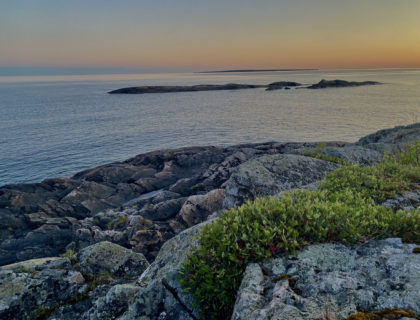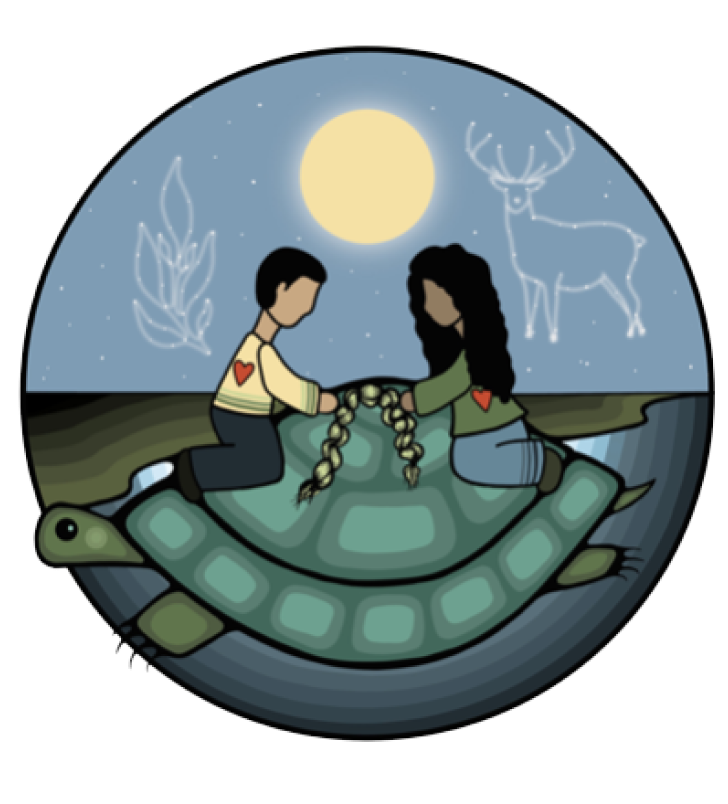Case Studies
Case Study 3: Imalirijiit, a Community-based Water Monitoring Program
Case Study 3: Imalirijiit, a Community-based Water Monitoring Program
This project was co-initiated by researchers from Université du Québec à Trois-Rivières (UQTR), the Centre d’études nordiques and the Inuit community of Kangiqsualujjuaq in light of concerns related to climate change, natural resource extraction, and the future health of the environment. Community members were interested in learning more about how these changes impact their lands and, potentially, their livelihood and economies, as well as building capacity within their own community to create an independent, long-term environmental monitoring program. To address these concerns and interests, community members of Kangiqsualujjuaq met with researchers to brainstorm ideas for a community-based environmental monitoring (CBEM) program. They decided on water quality monitoring of the George River as it is an important watershed and is threatened by future mining activities.
Two objectives were established by community members and researchers: 1) to implement a collaborative and sustainable CBEM through science land camps, and 2) to look at the water quality and environmental changes of the river at the watershed scale. Under the first objective, science land camps were implemented in the community where youth were directly involved with water quality monitoring, and learning how to conduct bio sampling and study contaminants. The land camp provided a great opportunity for fostering intergenerational knowledge transfer; Knowledge holders and youth from the community spent several days on the land, collecting information in both scientific and traditional ways, through direct sampling of water but also learning to navigate and ‘read the river’. Under the second objective, remote sensing was used to estimate various water quality parameters. To compliment this, knowledge holders within the community were interviewed to gain insight on how land is used and its influence on their life, their knowledge of animal and plant ecology, and any changes they have noticed to the watershed over the years. Inuit knowledge helped shaped the CBEM program by determining the location of the study area and sampling sites, aiding in navigating across the land, and camping logistics. It also filled in gaps about sedimentation and hydrological process from the remote sensing data.
Description of the Imalirijiit environmental monitoring program and science land camp. From the Nunami Sukuijainiq YouTube Channel.
The baseline information obtained from this monitoring program, along with the knowledge and skills fostered in the youth, will allow the community to assess future impacts of the proposed mining activities on the George River and pass down this information and knowledge for many years ahead.
More information available at the Imalirijiit website: https://imalirijiit.weebly.com/
Source: Gérin-Lajoie, J., Herrmann, T. M., MacMillan, G. A., Hebert-Houle, E., Monfette, M., Rowell, J. A., Soucie, T. A., Snowball, H., Townley, E., Levesque, E., Amyot, M., Franssen, J. & Dedieu, J-P. (2018). IMALIRIJIIT: A community-based environmental monitoring program in the George River watershed, Nunavik, Canada. Ecoscience. https://www-tandfonline-com.subzero.lib.uoguelph.ca/doi/full/10.1080/11956860.2018.1498226






